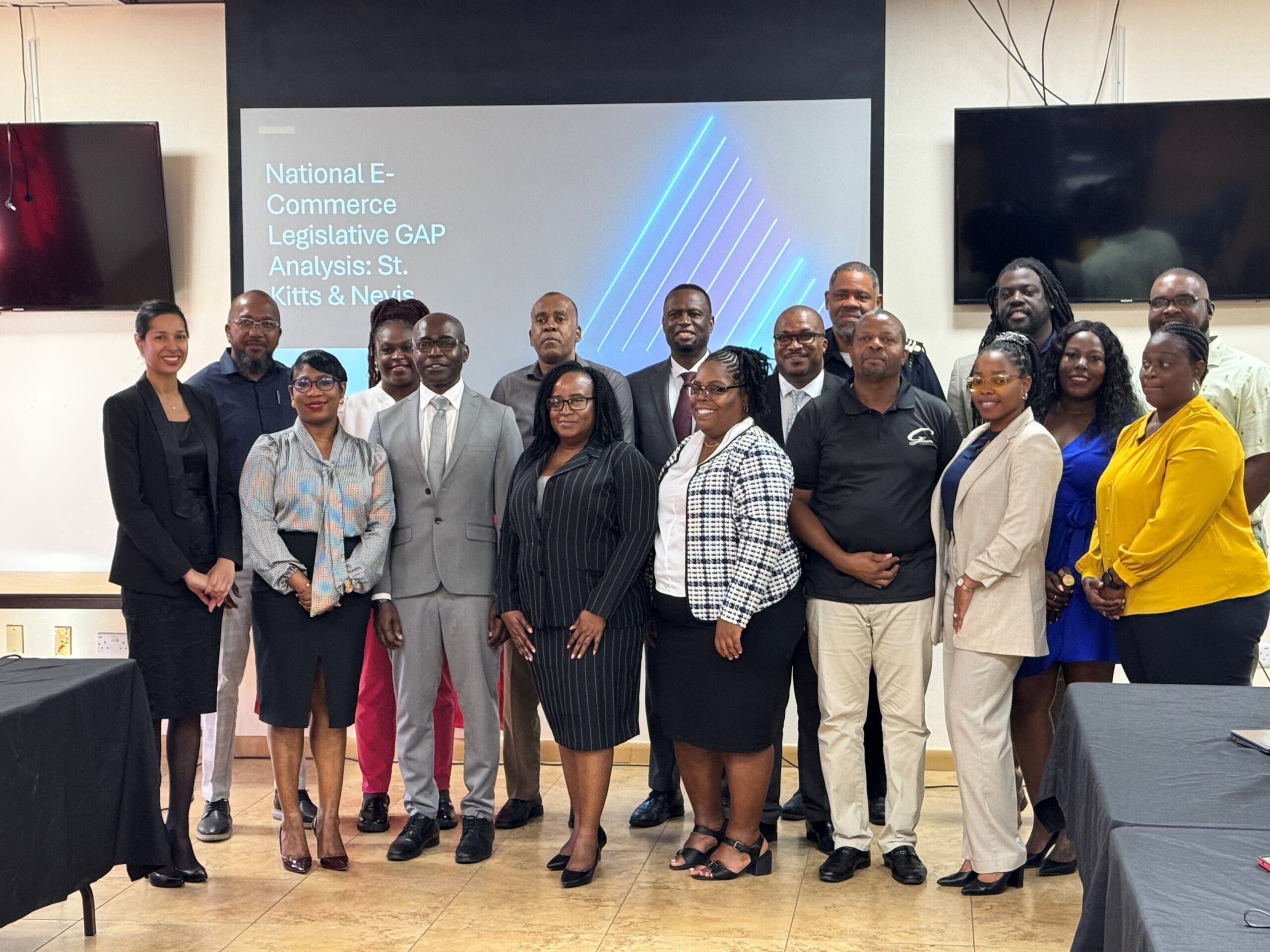AI commerce startup Onton recently announced their $7.5 mln seed round
Onton
AI powered commerce is accelerating.
Walmart’s e-commerce division surpassed $100 billion in annualized GMV earlier this year, driven by rapid adoption of AI-enhanced search, improved last-mile logistics, and deeper marketplace expansion. With a new CEO stepping in early 2026, Walmart has signaled that AI-enabled retail will define its next phase of growth. Costco, meanwhile, has modernized its digital marketplace and expanded its online assortment. Together, these incumbents show how dramatically consumer expectations are shifting.
The question is no longer whether AI will reshape retail, but what the next interface will be. Into this transition steps Onton, which announced a new seed round led by Footwork with participation from Liquid 2 and others. With this funding round, Onton is positioning itself as the starting point for every e-commerce decision – and not just another chatbot.
The Changing Interface of Online Shopping
Onto helps users customize their e-commerce search.
Onton
Onton’s co-founder and CEO Zach Hudson has spent more than a decade in e-commerce. His path began in South Carolina before a friend pushed him to move to San Francisco, where he met co-founder Alex Gunnarson. After more than 300 investor meetings, they secured a $1.8 million pre-seed round, and within the span of one year Onton grew from 50,000 to over 1 million monthly active users with a team of 4.
Hudson argues that the opportunity is not simply scale; it is a foundational shift in how consumers want to search. Though hard to believe, the modern e-commerce experience has barely evolved in 30 years. Category pages and SKU-level product pages still dominate. Large language models promised a new foundation for discovery, but paradoxically, decision time has increased. Consumers now must toggle across retailers, chatbots, and visual platforms like Pinterest.
“Chat interfaces compound the pain points,” Hudson explains. “They are impressive, but they have not solved the real problems in online shopping.” Onton aims to collapse that fractured journey. The platform can infer missing attributes, validate details, and learn relationships that retailers do not surface. Its neurosymbolic engine is interpretable and self-learning, reducing the hallucinations that LLMs often introduce.
This approach has enabled Onton to scale quickly in home decor and furniture, categories where consumers are less likely to have strong brand loyalty. Apparel and consumer electronics are next. Tools like Onton’s new Canvas feature, where users upload images and collections to define a search “vibe,” reflect the company’s belief that e-commerce is not purely conversational but rather a visual, emotional decision process. This seemingly resonates with users, who say the platform helps validate uniqueness when comparing options, and makes furnishing or restyling decisions faster.
And this changing behavior is exactly what the major retailers are now racing to meet.
What Walmart’s Next Era Reveals About the Market
Retail giants like Wal-Mart are growing their presence in e-commerce.
Newsday via Getty Images
Retail giants are already rewriting the rules. Walmart’s AI systems now sit inside its fulfillment engine, merchandising stack, and customer experience. The strategy is working: in-store fulfilled e-commerce orders jumped nearly 50%, with about one third completed in under 3 hours. Expedited delivery demand surged 70% and now reaches 95% of U.S. households. Walmart is handily resetting consumer expectations around speed, accuracy, and personalization.
Costco is moving in the same direction. Early AI pilots in bakery forecasting saved roughly $100 million and opened the door to broader inventory modeling across its warehouses. Costco Travel’s new AI-powered curation layer pulls options from multiple partners to give members a cleaner, more intuitive search experience. These upgrades show a clear pattern: the largest retailers are using AI to collapse friction, predict demand, and guide shoppers long before checkout.
This is where the real shift is happening. Consumers are browsing visually, jumping across platforms, and expecting recommendations that feel precise and personalized. Retailers that can anticipate decisions upstream will win.








